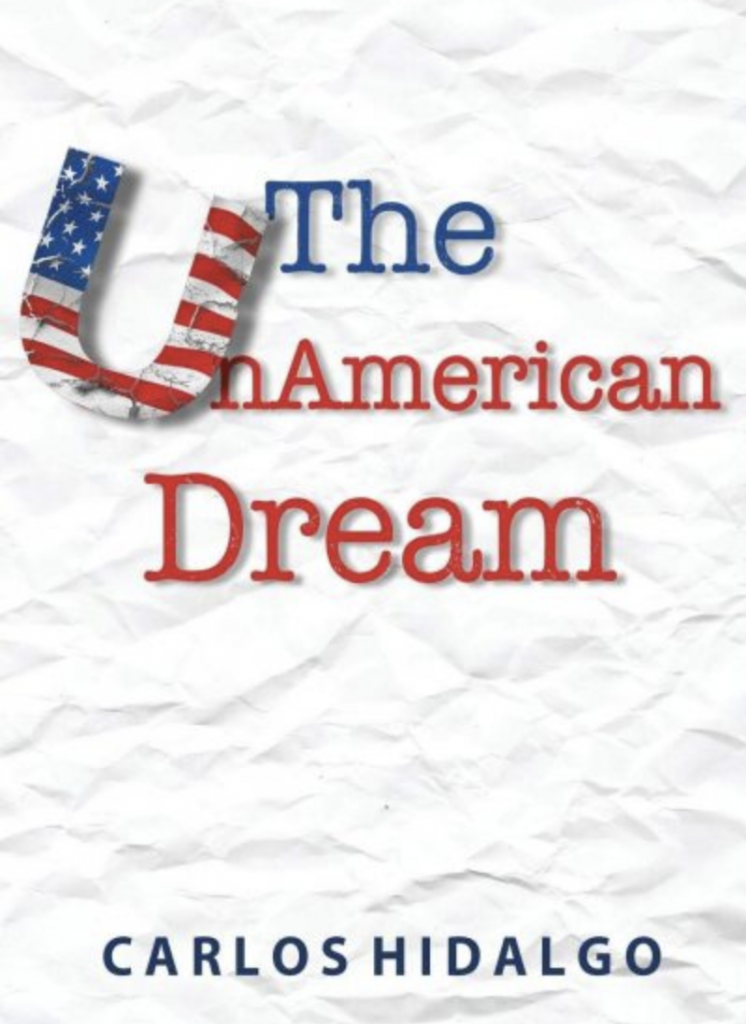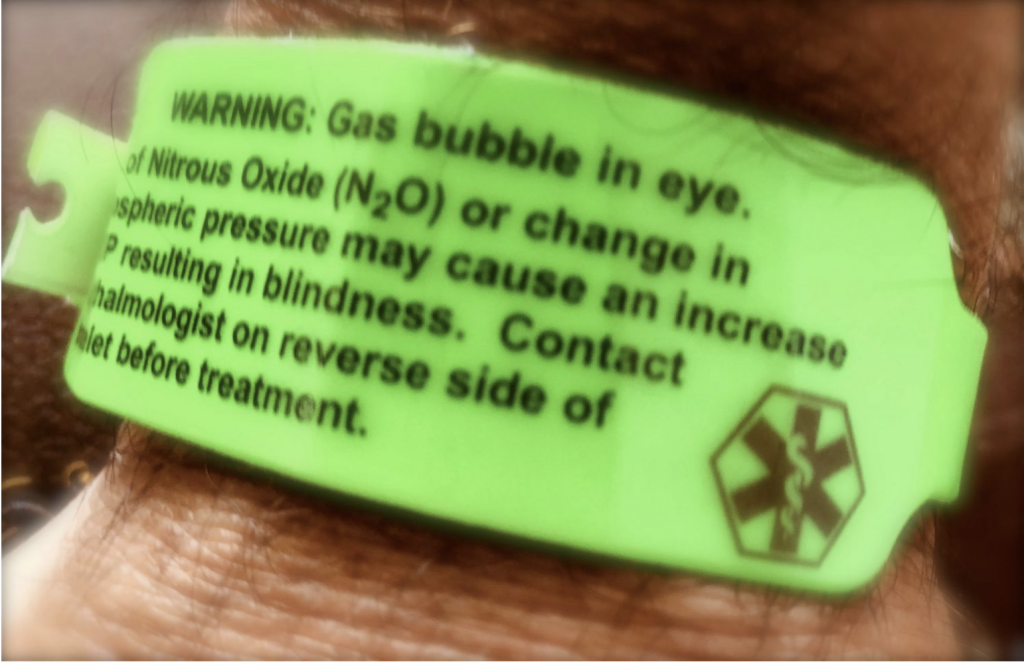
What Buyers Really Buy
by Scott Gillum
Estimated read time: 8 Minutes
“The best sellers are the people who make the product,” said my son as we were walking out of a store in a quaint town in Los Cabos, Mexico.
It was an interesting comment made after I had just purchased a pair of earrings for my wife in a jewelry boutique. The buying experience turned out to be an interesting “Goldilocks and the Three Bears” sales story, or in our case, the “Tourist and the Four Brothers.”
A few nights prior, after enjoying dinner in town, we walked the streets visiting local shops. The first jewelry store we visited was run by one of four brothers, all jewelry designers who had followed their father into the business. Each brother had their own style, which was reflected in their jewelry, shop decor and personalities.
The first brother’s store was white and teal, very similar to Tiffany’s. The display cases were decorated with high-end tequila bottles sprinkled among the jewelry, which immediately caught my eye. My wife, perusing the counters, settled in an area with rings while I chatted with the clerk behind the counter about the family and their business.
In working with my wife the sales person failed to realize that he wasn’t selling to a naive tourist but rather a very knowledgeable buyer who at one point in her career had managed a jewelry department for a high end retailer. A mistake often made by sales people who fail to do research on their potential buyers. As he pitched her on a ring she had intentionally requested to see, he failed to notice she was wearing one similar.
When buyers are in an unfamiliar environment, like we were, they will seek to find a frame of reference or an “anchor.” Something that they can connect to their knowledge base to aid in decision making. Being new to the store, and pricing in pesos, my wife “anchored” on a familiar ring. Trying on the ring she was able to assess that it was roughly twice the price and half the weight as hers. Now that she had a reference point, she determined that the store markup was about twice that of a US store.
The second brother’s store was bigger and had a vast selection of jewelry (and no tequila). The clerk, a niece of the designer, greeted us and carried around her calculator while following us around the store. A not so subtle message that she was ready to make a deal.
My wife found an area of rings and picked one out. As she asked questions, the store clerk mentioned they were having a promotion. She then tried to discount to close the deal which kept falling as we were walking towards the door. By the time we left, the price had fallen 40%, with an offer to call her Uncle to get maybe an even better price.
The last store we visited was white, simple and elegant. It didn’t contain a lot of inventory, in fact, one of the display cases was completely empty. The person working behind the desk was not a sales clerk, but an assistant designer who introduced us to the youngest brother in the family and owner of the store. He was the designer and told us about his creations apologizing for the lack of inventory.
We talked about his life, his education in London, and the fact that he didn’t want to get into the family business, but his love of designing drew him in. His real passion was designing furniture which he hoped to start retailing soon.
My wife found a pair of earrings and tried them on. As she did he explained the process used to give the silver hoops their shimmer along with the details about the gems used to enhance them. He brought over other silver earrings and pointed out the differences in the design process.
Deciding to purchase the earrings, we asked if they had a “promotion.” He said that Visa or Mastercard were offering a 10% discount on a purchase. The card companies, not him, offered the promotion.
As we were paying, I noticed a unique bottle of tequila sitting behind the desk. A dark blue bottle with carved symbols of the tequila making process along with the history of the Los Cabos area. He said it appealed to him “because as a designer” he appreciated the craftsmanship of the bottle. I loved the story (and the taste) of the tequila and he offered to connect me with the owner who lived locally to secure a bottle.
The first store tried to position itself as the Mexican version of Tiffany’s. The problem was, we had no prior exposure to the brand, so the brand promise and value were empty. The second store offered choice and price but made us question it’s authenticity and quality. (Given the amount of products offered we suspected the owner couldn’t have designed everything, and the discount made us question if the stone used in the ring was natural or man made.)
Later that night, I got a text from the store owner where we made our purchase, sharing the price and location to pick up the tequila. He didn’t have to follow up with me after we made the purchase but he did. It wasn’t an empty promise made to close the deal which happens far too often, but a genuine gesture.
In the end, my wife received a piece of jewelry she loves and I got a unique bottle of tequila but what we really bought, was the owner of the store. For the 20 minutes we spent in the store, a connection and relationship were formed through storytelling. It was both authentic and passionate, building a foundation of trust.
The experience made me reflect on the effectiveness of our sales and marketing efforts. What if we could train our sales people to act like “owners” or “designers” of the product; how might that impact their success? That question prompted another one which was, how many sales people ever receive training by the product group, or really know or understand the story behind the product or service they sell.
We can’t give the passion that comes with the pride in ownership, but we can train them to be storytellers, because as we experienced, buyers don’t buy from you, they buy into you.
As for the fourth brother, his store never opened. Guess it’s true, showing up is half the battle.
Follow along for more tips on marketing, business, and thinking differently delivered directly to your inbox, subscribe to our newsletter at www.carbondesign.com/subscribe.










